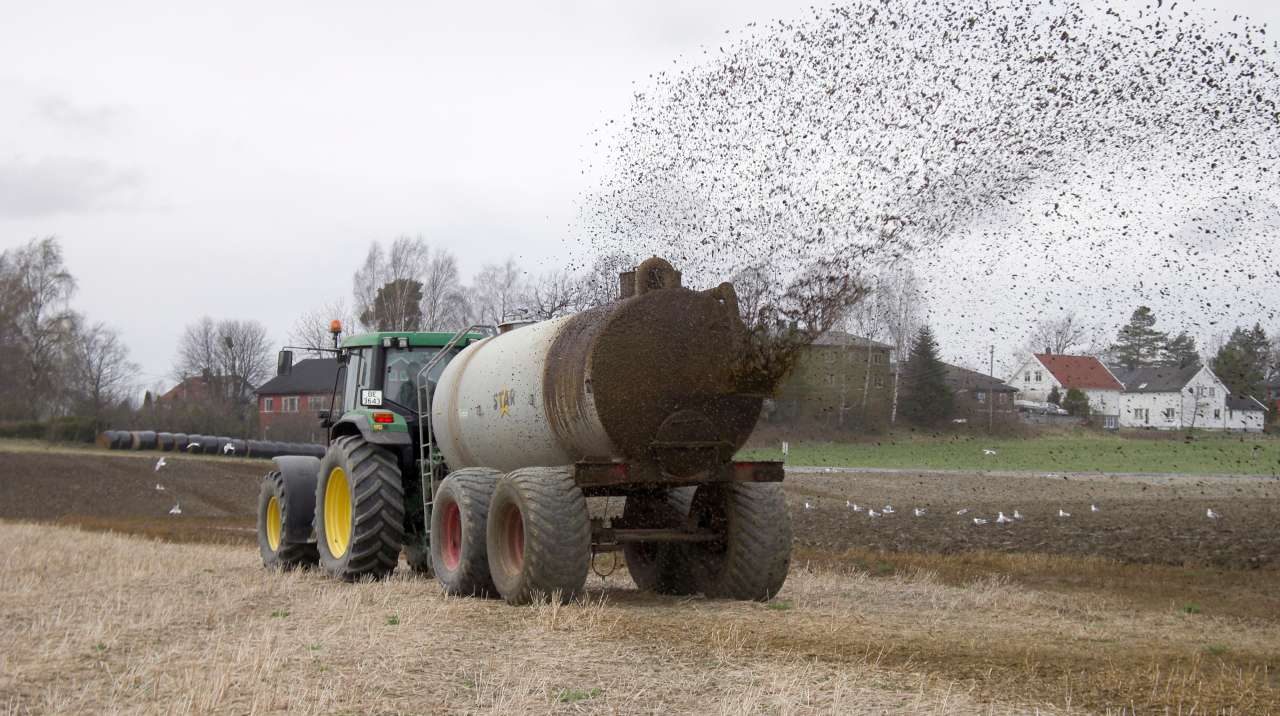Manure can meet Norway’s phosphorus needs

Photo: Svein Skøien
The amount of plant-available phosphorus found in animal manure in Norway could theoretically meet the entire country’s demand for phosphorus fertilizer.
The full potential of animal manure as a replacement for mineral fertiliser can only be realised if the phosphorus is redistributed to areas that need it. This is one of the conclusions in the PhD work of Ola Stedje Hanserud, a researcher at NIBIO.
In order to grow and thrive, plants are completely dependent on phosphorus—a vital resource in limited supply. Reserves of phosphate rock, which is used in mineral fertiliser, are getting smaller and smaller. But phosphorus is also found in human and animal waste.
In his PhD work carried out under the Industrial Ecology Programme at NTNU, in collaboration with NIBIO, Hanserud surveyed the phosphorus reserves in Norway on a county level. He investigated how great the demand for phosphorus actually is, considering how much is already in the earth. The overarching goal of his work is to improve national management of phosphorus.
The addition of excessive amounts of phosphorus to the soil has a negative effect on water, causing unwanted algae growth and reducing the oxygen level of the ocean.
His findings show that there is more phosphorus entering the soil than the plants actually need. This is especially true in western Norway, where livestock is more prevalent. At the same time, grain farming areas in southeastern Norway are dependent on mineral fertiliser to avoid phosphorus deficiency.
“We found that it may be possible to ship animal manure from west to east, and that the impact this would have on the environment would be no worse than the impact of the manure only being used where there is already a surplus of phosphorus,” he says.
Fertiliser could also be distributed more effectively within the counties. In some places, a handful of municipalities could produce a phosphorus surplus for the entire county.
